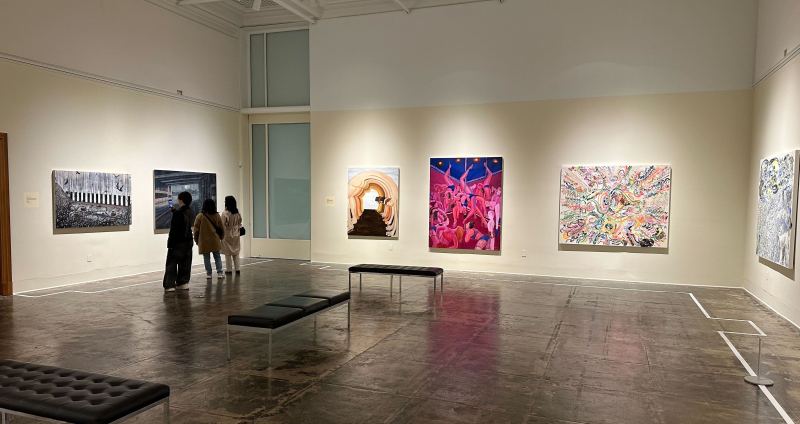Students can now receive free “doses” of art and cultural activities to improve mental health and wellbeing through an innovative program that hopes to use art as healthcare.
In January, Stanford became the first major educational institution to offer arts-based social prescribing to students through a partnership between Vaden Health Services and Art Pharmacy — a healthcare company that works with community partners to address the mental health crisis through social prescribing.
Ellen Oh, the director of interdisciplinary arts programs in the Office of the Vice President for the Arts, said that the program began as an effort to focus on the intersection of health and the arts.
“In general, there is not enough recognition of the impact of arts participation on mental health,” said Director of Program Operations Sabrina Wilensky, who pointed to over 3,000 studies that found that art played a major role in preventing illnesses.
The Arts Pharmacy program offers students flexibility with their “doses,” with potential prescriptions ranging from painting and photography to museum visits. Students do not need to have a medical diagnosis to book a session and are encouraged to bring a friend along. All currently enrolled Stanford students are eligible for the program.
“Any opportunity where people are thinking about mental health is a plus,” said Lauren Toomer, a lecturer in the department of art and art history who teaches courses in medical illustration.
Toomer said she admired that the program was giving students the opportunity to take time out of their day to engage in art making, especially in a place where the culture is to “bury your head in the books and keep moving.”
Some students have said that the reach of the new program seems limited.
“I got the sense that not many people reached out to try the program,” said Rani Chor ’26, who is also a Daily staff writer. Chor said she tried emailing two different reference contacts listed on the website to make an appointment.
“One ghosted me, but eventually I was able to book a meeting with the second contact,” she said.
Some students said that they had never heard of the Arts Prescribing Program before.
“It seems like something I would do if I knew about it and how it worked,” said Emily Moeller ’26.
Kunal Arora ’26 also had not heard of the program before, and said he had many logistical questions about how it worked.
The program’s website directs students to meet with campus prescribing partners to get started, but does not specifically elaborate on the types of art that students are prescribed.
The opportunity was initially published on several primarily art-centered mailing lists, such as [email protected]. Wilensky said they are continuing to get the word out and hope the free, personalized program results in better mental health outcomes for students.
Toomer emphasized the need for continual exploration of art therapies and prescriptions. She said the arts are an important part of good health and that the program could legitimize arts as a form of treatment.
“I hope this is only the beginning,” Toomer said. “Mental health is a complex topic that requires continuous conversation.”
